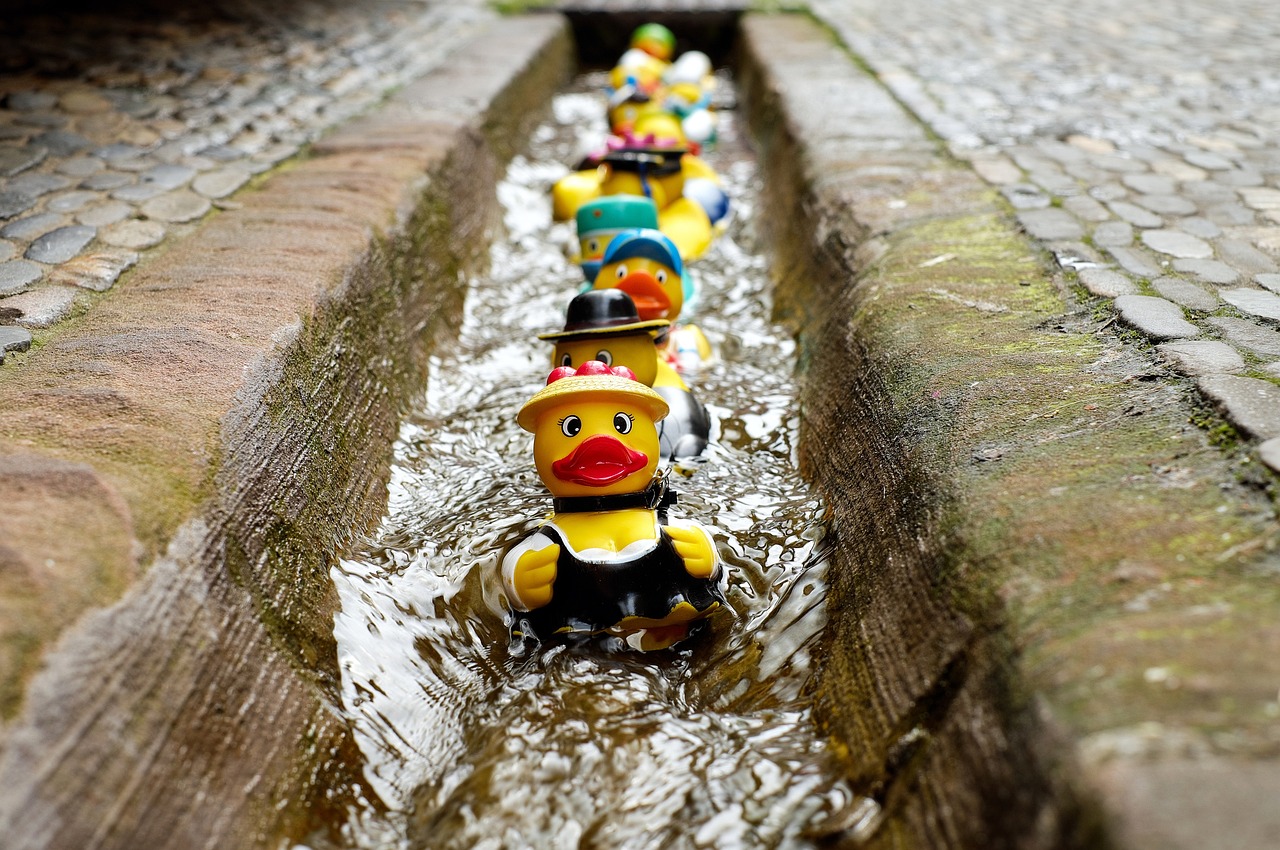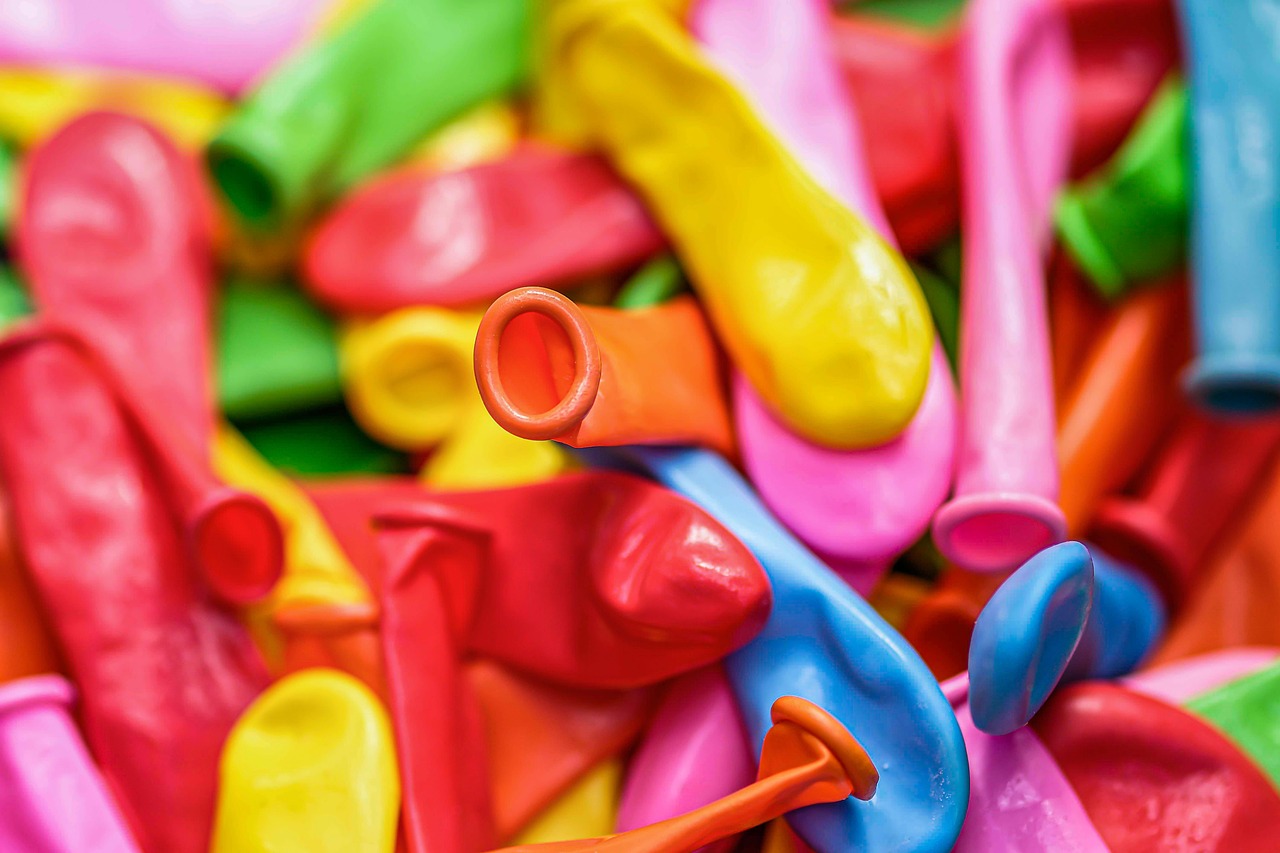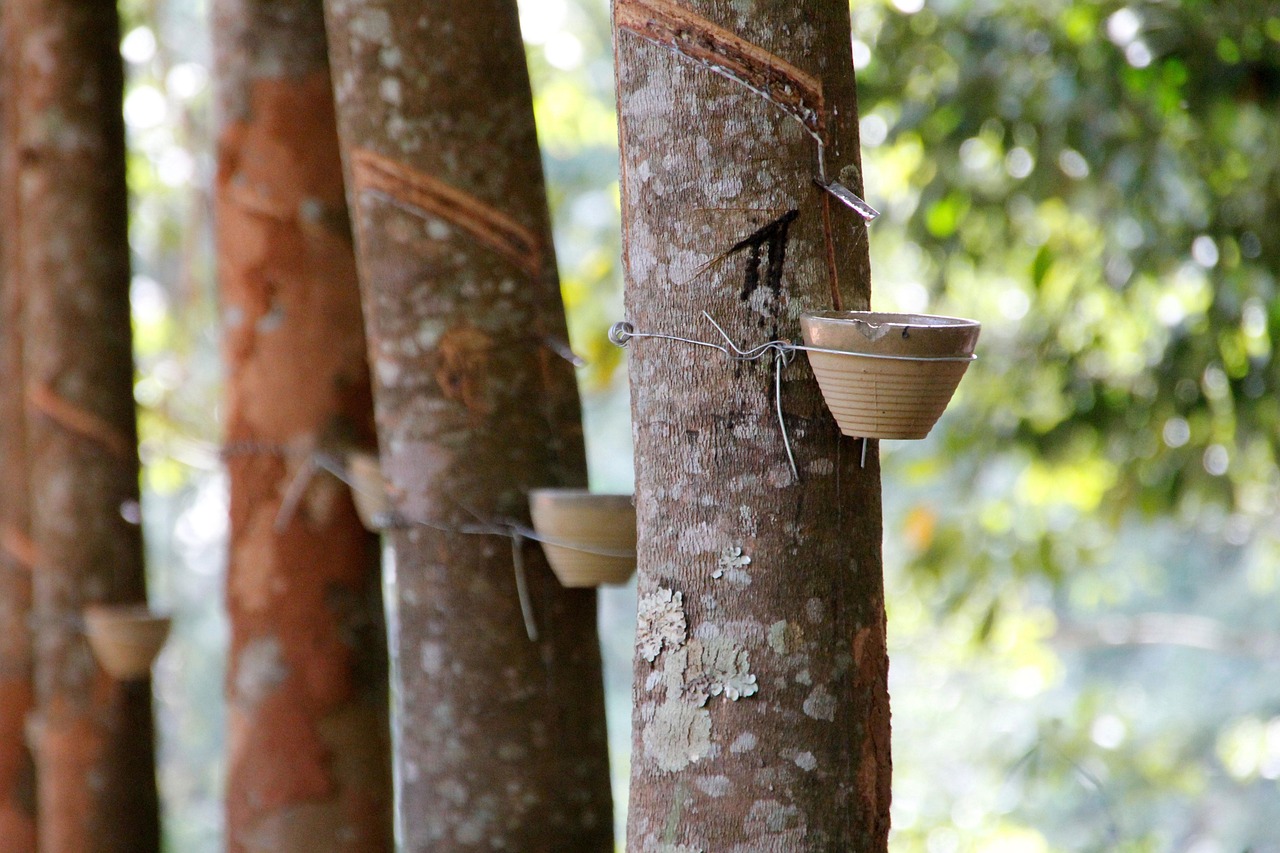Understanding the factors that influence rubber tree growth helps optimize care for faster and healthier development. Key elements include proper lighting, watering, soil quality, and climate adjustments. Whether indoors or outdoors, tailoring your routine ensures vigorous growth, vibrant foliage, and a thriving rubber plant that can reach impressive heights over time.
I always get captivated by how its glossy leaves add a sleek vibe to any space. Plus, over the years, I’ve appreciated its air-purifying qualities—makes my home feel fresher. Knowing how fast it can grow helps me plan its space and care routines—something I learned from trial, error, and a few lessons the hard way.

Over the years, I’ve learned that when grown indoors, rubber trees thrive best in bright, indirect light. I once placed mine near a south-facing window with a sheer curtain, and it loved that spot. I’ve also found it can adapt to lower light, but don’t expect dramatic growth in that case. Outdoors, I’ve seen them flourish in warmer climates—more sunlight and moisture mean faster growth. The rate can really change based on whether your tree’s inside or outside, which I’ve experienced firsthand, especially during seasonal shifts.
Factors that Affect Growth—My Personal Tips & Warnings
From my experience, several key elements influence how quickly my rubber tree grows: light, temperature, watering, and soil quality. Missing the mark on any of these can slow growth or even harm the plant—trust me, I’ve had my fair share of overwatering mishaps!
- Light Exposure: I always make sure mine gets bright, indirect sunlight—too much direct sun can scorch the leaves (I learned this the hard way when I placed it in harsh afternoon sun). If your space is low-light, supplement with grow lights, which I’ve used successfully.
- Temperature: I keep my rubber tree in a room between 65°F and 75°F. I noticed that sudden cold snaps or overheating can stunt growth or cause leaf drop—avoid drafts and heat vents.
- Watering: I always wait until the top inch of soil feels dry before watering again—this prevents root rot. Overwatering was a big mistake I made early on, which stressed the roots and slowed growth.
- Soil Quality: I prefer well-draining potting mix rich in organic matter. I bolster it with perlite for better drainage—my plants thank me for this!
And I’ve realized that younger plants tend to grow faster as they establish themselves. With my mature trees, I noticed growth slows down, but they stay healthy longer if I provide consistent care.

Pro-Tips
When I first started caring for my rubber tree, I underestimated the importance of proper light—placing it in direct afternoon sun initially burned the leaves, so now I always opt for bright, indirect light. I’ve learned that using grow lights can really boost growth in low-light spaces, and it’s worth investing in a good one.
Overwatering was one of my biggest early mistakes; I now always check that the top inch of soil is dry before watering and ensure my pots have drainage holes to prevent root rot. During winter, I reduce watering significantly to match the plant’s slower growth and to avoid soggy soil.
I used to neglect soil quality, but I now mix in perlite and organic matter for better drainage and nutrients—my plants grow healthier and faster when I do. Fertilizing consistently during the active growing season, about every 4-6 weeks, has made a noticeable difference in their vigor.
I’ve found that pruning in spring or summer encourages bushier growth, and I always clean my shears to prevent infection. Propagation using stem cuttings with rooting hormone and plastic covers has given me many new plants—patience and maintaining high humidity are key.
Perhaps most importantly, I now regularly inspect for pests like spider mites and aphids, catching infestations early before they become serious problems. Keeping good airflow around my plants and avoiding overhead watering helps prevent fungal diseases.
By paying close attention to seasonal changes and adjusting care routines accordingly, I’ve been able to keep my rubber tree healthy and thriving. Don’t rush—giving your plant the attention it needs based on its environment and growth stage will reward you with a lush, vibrant foliage.
Indoor vs. Outdoor Growth—My Comparison
Having experimented with both environments, I can tell you that outdoor rubber trees grow faster, reaching up to 100 feet with 3–5 feet of growth each year—nature’s own speed limits, right? Indoors, I typically see 2–3 feet of growth annually, mainly because I have to be mindful of light and space constraints. Here’s what I’ve observed:
| Factor | Indoor Growth | Outdoor Growth |
|---|---|---|
| Average Height | 6–10 feet | Up to 100 feet |
| Annual Growth Rate | 2–3 feet | 3–5 feet |
| Light Requirements | Bright, indirect | Full sun |
| Temperature Range | 60°F to 75°F | 60°F to 85°F |
| Soil Type | Well-draining potting mix | Nutrient-rich garden soil |
Outdoors, it feels like nature really pushes these trees to grow faster—provided the climate is right, of course. I’ve seen multiple outdoor specimens reach towering heights, but only in warm, humid climates. Indoors, I notice growth is more steady but slower, especially during winter months when days are shorter.

In my care routine, I always adjust based on whether the tree is indoors or outdoors. Seasonal shifts definitely influence how I care for it—more watering and fertilizer in spring and summer, less in winter. I’ve learned the importance of tailoring care because neglect during seasonal changes can really slow down growth or harm the plant.
Getting the Most from Your Rubber Tree—My Top Tips
Perfecting Growing Conditions
From what I’ve experienced, providing optimal light, water, soil, and temperature is key. I always place my rubber tree near a window with filtered light, avoiding harsh direct sunlight—direct rays can redden the leaves and cause burns, which I regretfully learned when I left mine in the full afternoon sun once. Rotating the plant periodically ensures balanced growth.
- Light: Use bright, indirect light—an east or north-facing window works great. When natural light is low, I always add grow lights, which made a big difference.
Watering—My Personal Routine & Warnings
I always check the top inch of soil before watering. Overwatering was my biggest mistake early on—roots rotted quickly when I neglected drainage. I ensure my pots have drainage holes and avoid letting the plant sit in water. During winter, I reduce watering frequency, which keeps my tree happy—less soggy soil equals healthier roots.
Soil & Fertilizer Tips
I learned to use well-draining, organic-rich potting mix with added perlite. Fertilizer-wise, I stick to balanced liquid feeds every 4-6 weeks in the growing season, diluting them to avoid root burns. When I neglected feeding, the growth stagnated, so consistency is kings and queens here.
Watch Out for Pests & Diseases—My Cautionary Tales
Regular inspection is my mantra. I’ve caught pests like spider mites and aphids early by closely checking leaves—especially the undersides. Introducing beneficial insects like ladybugs has been surprisingly effective in keeping pests at bay, but I keep organic insecticidal soap on hand as a backup, just in case.
For diseases, I’ve had to address root rot (caused by overwatering) by trimming damaged roots and improving drainage. I also caught leaf spots early—fungal infections tend to form when humidity is high and air circulation is poor. Now, I make an effort to ensure good airflow and avoid overhead watering.
Feeding My Rubber Tree Well—My Nutrient Strategies
I always fertilize during active growth with a balanced liquid fertilizer, paying attention to signs of deficiency. Pale leaves or stunted growth tell me to boost nutrients. I avoid fertilizing in winter, as the plant naturally slows down—it’s a mistake to ignore seasonal cues, I’ve found.
Repotting & Transplanting—My Experience & Advice
I always wait until roots start to show through the drainage holes or when growth stagnates. When repotting, I gently remove the plant, inspect roots, prune any rotten or damaged parts, and plant it in fresh, well-draining soil. I prefer to do this in spring when the plant is actively growing—my rubber tree appreciates the fresh start and extra room to grow.
Seasonal Growth Patterns—My Routine Adjustments
Spring and Summer
These are my favorite seasons for growth. I water more often, fertilize every 4-6 weeks, and keep an eye out for pests. Longer days and warmer weather really boost growth, so I take extra care to support it.
Fall and Winter
Here, I reduce watering and stop fertilizing, letting the plant rest. I also increase humidity by misting and using a humidifier—both of which I’ve seen help prevent leaf drop and keep the plant happy in the darker months.
Different Cultivars, Different Growth Rates—My Observations
Based on my experience, some cultivars grow faster than others. For example, Ficus elastica ‘Robusta’ is a bit more vigorous, while ‘Variegata’ grows more slowly but looks stunning with its white-margined leaves. I keep this in mind when caring for different types—each one has its own personality, just like people.
| Cultivar | Description | My Growth Experience |
|---|---|---|
| Ficus elastica ‘Robusta’ | Large, dark green leaves, robust growth | Moderate to fast—keeps me on my toes with pruning! |
| Ficus elastica ‘Variegata’ | Creamy-white leaf margins, ornamental | Moderate—requires more precise light to prevent leaf burn |
| Ficus elastica ‘Burgundy’ | Deep burgundy foliage, striking color | Fast—needs regular pruning to keep shape |
Pruning & Propagation—My Personal Techniques
Pruning
I always prune in the spring or summer, using clean shears. Removing yellowing or dead leaves not only keeps the plant looking good but also stimulates new growth. I’ve found that trimming the top helps maintain a manageable size indoors and promotes a bushier shape—something I prefer in my cozy space.
Propagation
Stem cuttings are my go-to. I cut healthy stems, dip them in rooting hormone, and plant in moist soil, covering them with plastic to maintain humidity. I’ve had great success with this method, and it’s rewarding to see roots develop after a few weeks. Air layering is another method I tried; it takes patience but results in a healthy new plant while still attached to the parent.
Final Cautions & Tips—From My Experience
I always warn fellow growers to watch out for overwatering—roots can rot quickly—and to ensure they provide enough light. Pest prevention is better than cure, so regular inspections and cleanliness are essential. Keep an eye out for early signs of disease, and act promptly.
In my journey, I’ve learned that patience, attentiveness, and understanding your plant’s seasonal needs make all the difference. When you do that, your rubber tree can flourish beautifully, becoming a stunning focal point in your home or garden for many years. Trust me, the rewards are worth it—nothing beats seeing a healthy, vibrant plant thriving under your care.
